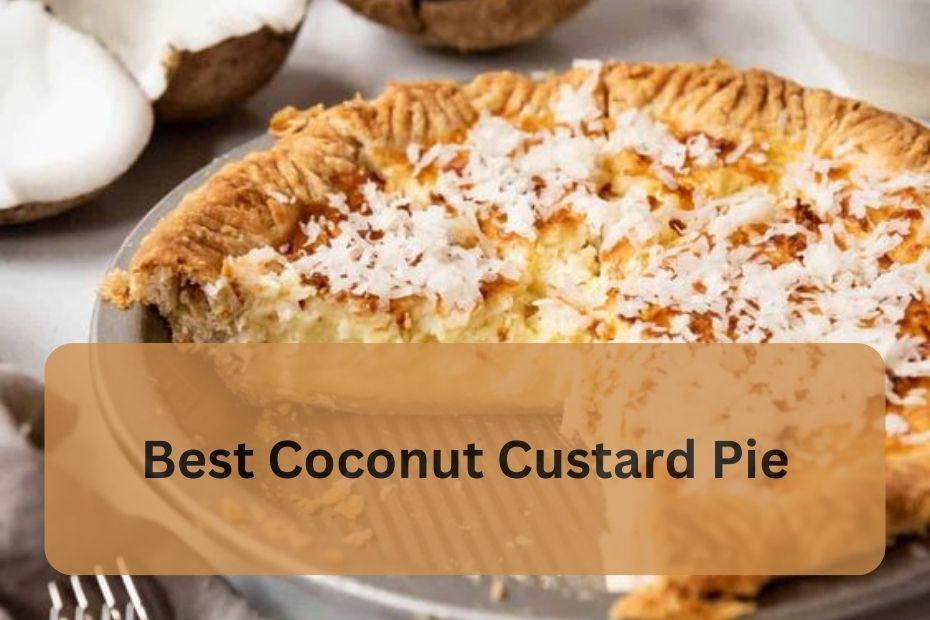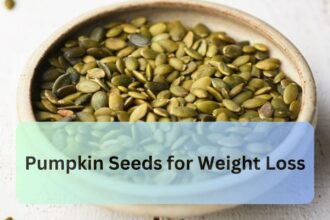Best Coconut Custard Pie
Indulging in a slice of coconut custard pie is like taking a tropical vacation for your taste buds. With its creamy coconut filling and flaky crust, this classic dessert never fails to delight. In this article, we’ll explore how to make the best coconut custard pie from scratch, so you can enjoy a taste of paradise right in your own kitchen.
Introduction
Brief overview of coconut custard pie: Coconut custard pie is a timeless dessert that combines the rich flavors of coconut and creamy custard in a buttery pastry crust. With its luscious texture and tropical aroma, it’s no wonder this pie is a favorite among dessert lovers.
Teaser for the deliciousness to come: Get ready to embark on a culinary journey to the tropics as we dive into the step-by-step process of making the best coconut custard pie you’ve ever tasted.
Ingredients and Equipment
List of ingredients and tools needed: To make coconut custard pie, you’ll need:
- Pie crust (homemade or store-bought)
- Eggs
- Sugar
- Coconut milk
- Whole milk
- Vanilla extract
- Shredded coconut
- Cornstarch
- Salt
- Mixing bowls
- Whisk
- Pie dish
- Rolling pin (if making homemade crust)
Importance of using quality ingredients: Using high-quality ingredients is key to achieving the best flavor and texture in your coconut custard pie. Opt for fresh eggs, pure vanilla extract, and premium coconut milk to ensure exceptional results.
Preparing the Pie Crust
Step-by-step instructions for making the crust: If making homemade crust:
- In a mixing bowl, combine flour and salt.
- Cut cold butter into small cubes and add to the flour mixture.
- Use a pastry cutter or fork to blend the butter into the flour until it resembles coarse crumbs.
- Gradually add ice water, mixing until the dough comes together.
- Shape the dough into a disc, wrap in plastic wrap, and chill for at least 30 minutes.
- Roll out the dough on a floured surface and transfer to a pie dish.
- Trim the edges and crimp as desired.
Tips for achieving a flaky and golden crust:
- Keep the ingredients and equipment cold to prevent the butter from melting too quickly.
- Don’t overwork the dough, as this can make it tough. Handle it gently and avoid excessive kneading.
Making the Coconut Custard Filling
Mixing the ingredients for the custard filling:
- In a mixing bowl, whisk together eggs, sugar, and cornstarch until smooth.
- Gradually add coconut milk, whole milk, and vanilla extract, whisking until well combined.
- Stir in shredded coconut and a pinch of salt until evenly distributed.
Techniques for achieving a smooth and creamy texture:
- Whisk the custard filling gently to avoid incorporating too much air, which can cause bubbles to form during baking.
- Strain the custard mixture through a fine-mesh sieve before pouring it into the pie crust to remove any lumps or stray bits of coconut.
Baking and Serving
Baking the pie to perfection:
- Preheat the oven to 350°F (175°C).
- Pour the custard filling into the prepared pie crust.
- Bake for 45-50 minutes, or until the filling is set and the top is golden brown.
- Allow the pie to cool completely before slicing and serving.
Serving suggestions and garnishes: Serve slices of coconut custard pie with a dollop of whipped cream or a sprinkle of toasted coconut flakes for an extra burst of flavor and texture. Pair it with a cup of freshly brewed coffee or tea for the perfect dessert experience.
Variations and Substitutions
Ideas for customizing the pie to suit different tastes:
- Add a splash of rum or coconut rum to the custard filling for a boozy twist.
- Incorporate lime zest or juice for a tangy citrus flavor.
- Experiment with different types of crusts, such as graham cracker or chocolate cookie crusts, for a unique twist on tradition.
Substitutes for common ingredients:
- If you don’t have coconut milk on hand, you can use all whole milk instead.
- Swap out the shredded coconut for chopped nuts or chocolate chips for a different flavor profile.
Tips for Success
Additional tips for making the perfect coconut custard pie:
- Blind bake the crust before adding the filling to prevent it from becoming soggy.
- Let the pie cool completely before slicing to allow the custard to set properly.
- Store leftovers in the refrigerator for up to three days, covering the pie with plastic wrap or aluminum foil to prevent it from drying out.
Troubleshooting common issues:
- If the crust edges are browning too quickly, cover them with foil during the last few minutes of baking.
- If the custard filling is cracking or splitting, it may have been overcooked. Be sure to check for doneness by gently jiggling the pie— the center should be set but still slightly wobbly.
Conclusion
In conclusion, coconut custard pie is a classic dessert that never goes out of style. With its creamy filling and flaky crust, it’s sure to satisfy your sweet tooth and transport you to a tropical paradise with every bite. So why wait? Gather your ingredients and get ready to enjoy a slice of coconut custard pie perfection.
FAQs:
1. Can I use sweetened shredded coconut in the filling? Yes, you can use sweetened shredded coconut if you prefer a sweeter filling. Adjust the amount of sugar accordingly to avoid making the pie too sweet.
2. Can I make the pie crust ahead of time? Yes, you can make the pie crust ahead of time and refrigerate it until ready to use. Just be sure to let it come to room temperature before rolling it out.
3. Can I freeze coconut custard pie? Yes, you can freeze coconut custard pie for up to three months. Wrap it tightly in plastic wrap and aluminum foil before freezing, and thaw it overnight in the refrigerator before serving.
4. How can I prevent the custard from curdling? To prevent the custard from curdling, be sure to whisk the ingredients together thoroughly and bake the pie at a moderate temperature. Avoid overmixing the custard and be careful not to overcook it.
5. Can I use coconut flour or coconut oil in the crust? While you can experiment with using coconut flour or coconut oil in the crust, keep in mind that they may alter the texture and flavor of the finished pie. Adjust the quantities and proportions accordingly to achieve the desired results.
| Home | Click Here |
| Health And Food | Click Here |






